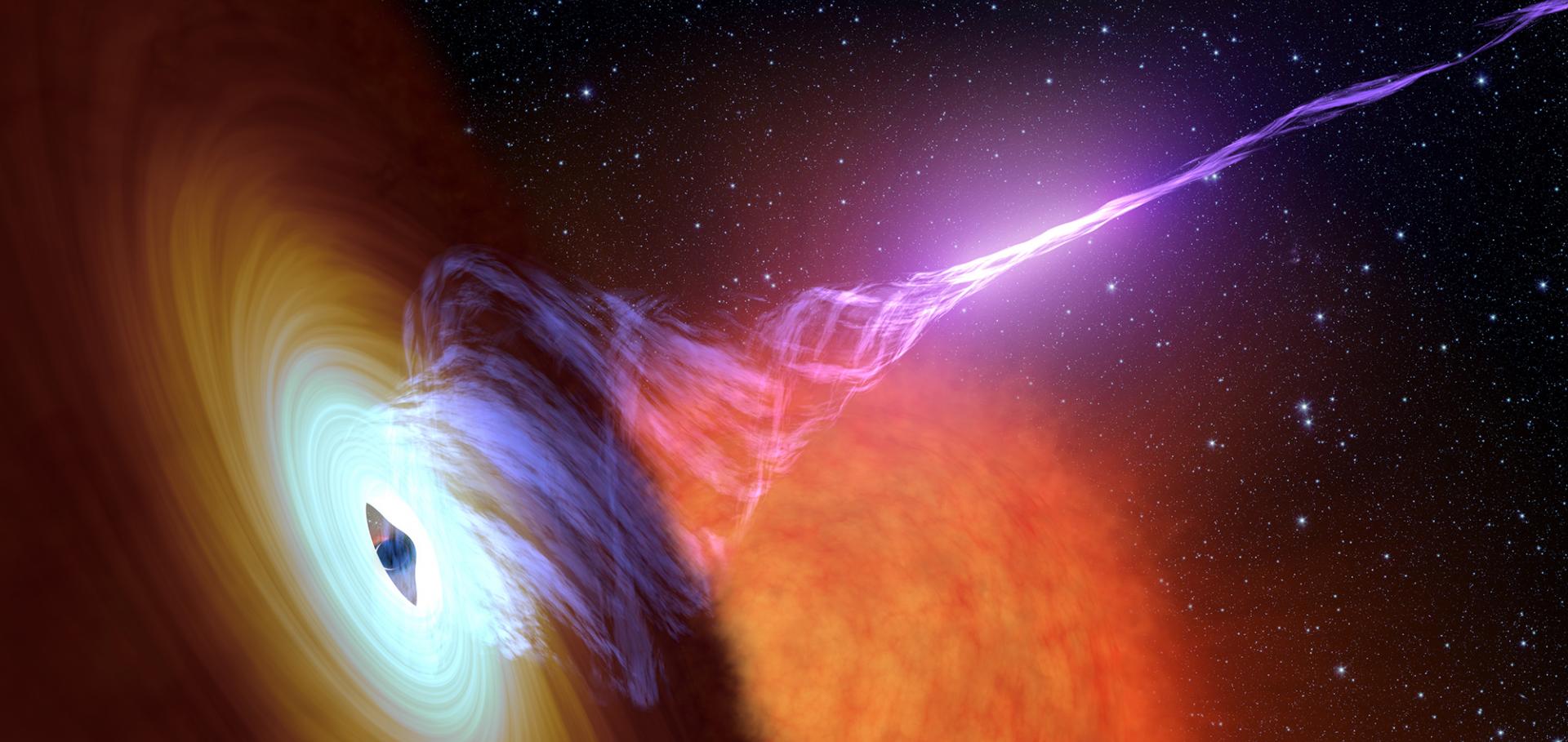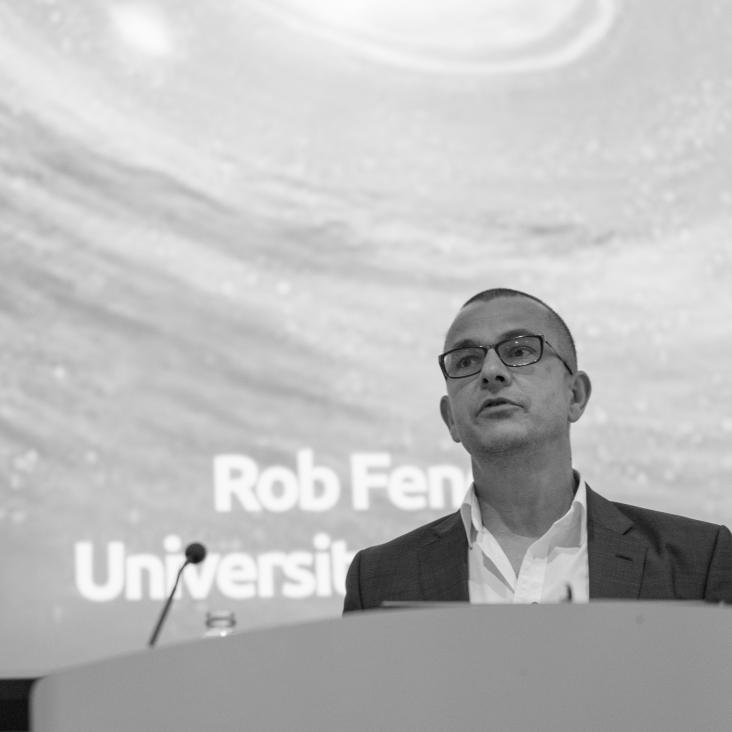VLBI constraints on the "jet line" of Cygnus X-1
Sissa Medialab Srl (2011) 061
The unusual radio transient in M82: An SS433 analogue?
Monthly Notices of the Royal Astronomical Society: Letters 415:1 (2011)
Abstract:
In this Letter we discuss the recently discovered radio transient in the nuclear region of M82. It has been suggested that this source is an X-ray binary, which, given the radio flux density, would require an X-ray luminosity,LX~ 6 × 1042ergs-1 if it were a stellar mass black hole that followed established empirical relations for X-ray binaries. The source is not detected in the analysis of the X-ray archival data. Using a 99 per cent confidence level upper limit we find thatLX≤ 1.8 × 1037and 1.5 × 1037ergs-1, using power law and disc blackbody models, respectively. The source is thus unlikely to be a traditional microquasar, but could be a system similar to SS433, a Galactic microquasar with a high ratio of radio to X-ray luminosity. © 2011 The Authors Monthly Notices of the Royal Astronomical Society © 2011 RAS.A tool to separate optical/infrared disc and jet emission in X-ray transient outbursts: the colour-magnitude diagrams of XTE J1550-564
(2011)


